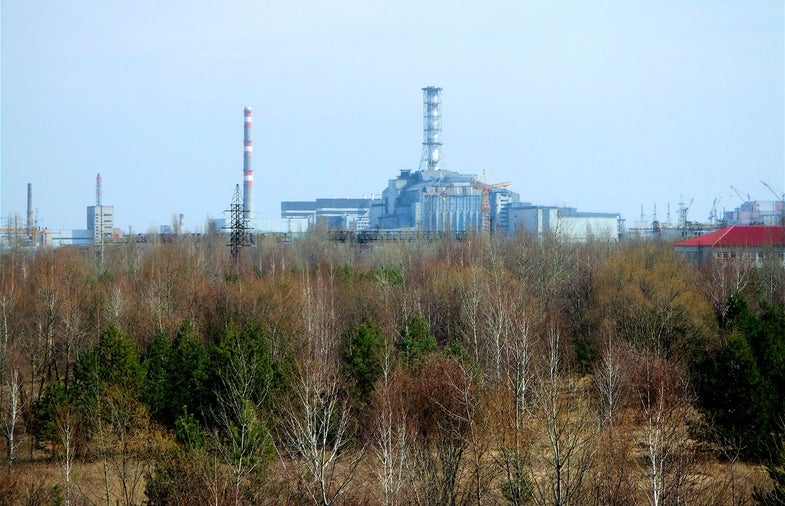New Study Finds Abundant Wildlife Among Chernobyl’s Ruins
Photograph courtesy of Stahlmandesign/Flickr Is it possible that humans affect animals more than nuclear waste? A new study published in...

Photograph courtesy of Stahlmandesign/Flickr
Is it possible that humans affect animals more than nuclear waste? A new study published in the journal Current Biology concludes just that, finding flourishing wildlife among Chernobyl’s ruins.
The study is the first tally of wildlife within the highly contaminated area following the 1986 nuclear disaster. During the course of the study, researchers found not only healthy populations of roe deer, red deer, lynx, and wolves—but also strong numbers of elk and boar, which were declining throughout the region at the time.
According to The Washington Post, the study utilized data from years of helicopter observations following the nuclear disaster, as well as data collected on foot by scientists in the Belarusian section of the zone. The findings are astonishing and suggest that human involvement may have more of a negative impact on the environmental than radiation—at least within the animal kingdom.
“That wildlife started increasing when humans abandoned the area in 1986 is not earth-shattering news,” Tom Hinton, a radioecology expert and co-author of the paper, told The Washington Post. “What’s surprising here was the life was able to increase even in an area that is among the most radioactively contaminated in the world.”
Hinton also noted that the abundance of wildlife suggests that the environment is “very resilient,” and that the presence of wolves, in particular, as an apex predator, indicates that the entire food chain is stable and functioning.